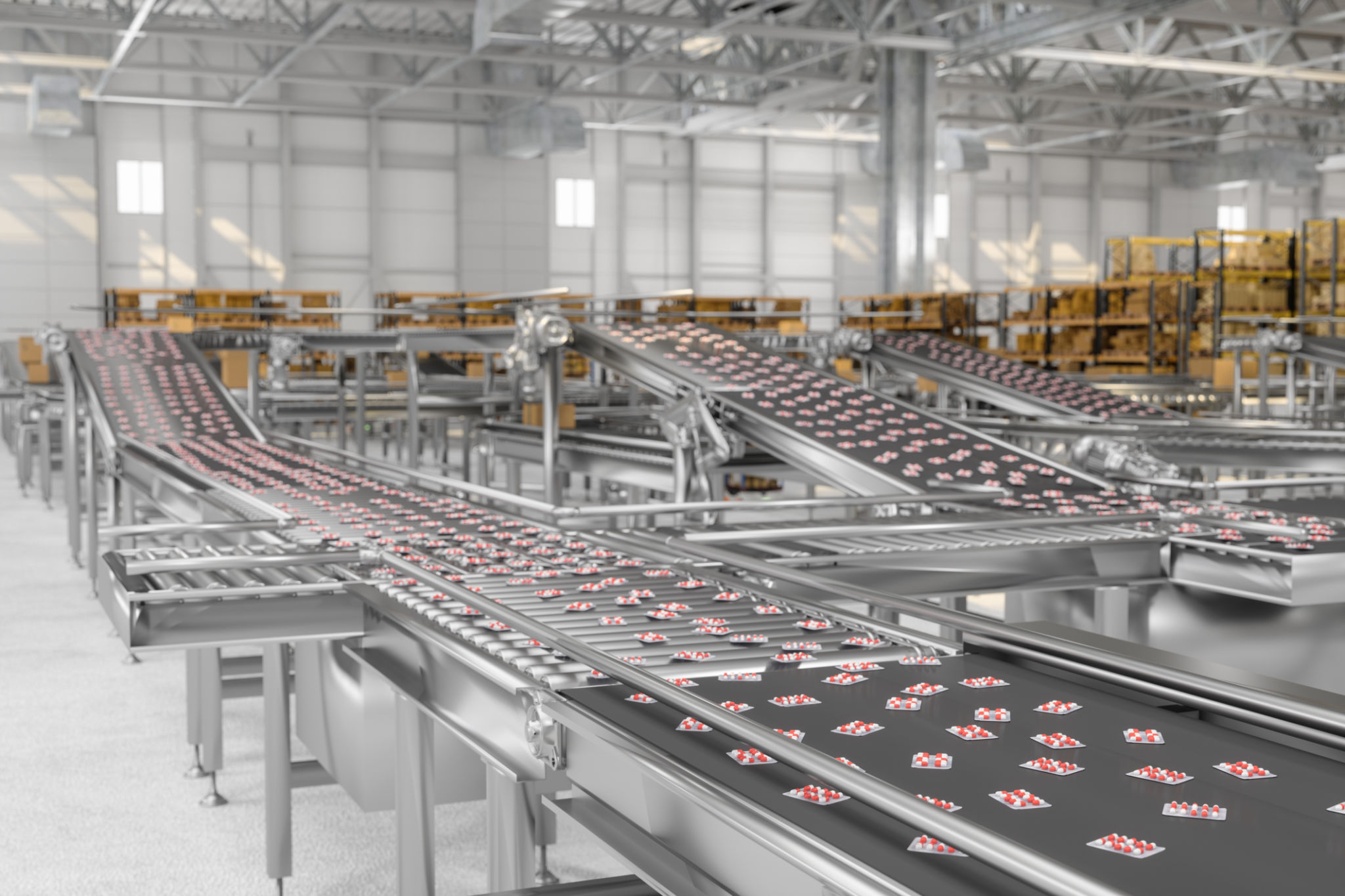Healthcare Logistics Trends: What’s Shaping the Future of Medical Equipment Transport?
The Evolving Landscape of Healthcare Logistics
The healthcare industry is experiencing rapid transformation, and logistics plays a crucial role in ensuring the timely and efficient delivery of medical equipment. As medical technology advances, so do the complexities of transporting delicate and often life-saving equipment. This evolution is shaping the future of medical equipment transport, demanding innovative solutions and robust strategies.
Healthcare logistics must adapt to new challenges such as regulatory changes, technological advancements, and the increasing expectation for faster delivery. Meeting these demands requires a deep understanding of the latest trends that are influencing the sector. Let's explore some of these key trends that are shaping the future of healthcare logistics.

Technological Advancements and Automation
One of the most significant trends in healthcare logistics is the integration of advanced technologies such as automation and artificial intelligence (AI). These technologies are streamlining processes and enhancing efficiency by reducing human error and speeding up operations. Automated systems are now managing inventory, tracking shipments, and predicting demand more accurately than ever before.
Furthermore, AI-driven analytics offer valuable insights that help logistics providers optimize routes, reduce costs, and improve service delivery. The use of drones and autonomous vehicles for last-mile delivery is also gaining traction, providing quicker and more reliable options for transporting medical equipment to remote or congested areas.

Emphasis on Cold Chain Logistics
The transportation of temperature-sensitive medical equipment and pharmaceuticals has become a critical focus in the healthcare logistics sector. Cold chain logistics ensures that products are kept within required temperature ranges throughout the supply chain, preserving their efficacy and safety. This trend is particularly vital for vaccines, biologics, and certain diagnostic tools.
Innovations in packaging materials and temperature-monitoring technologies are enhancing cold chain capabilities. These advancements allow for real-time temperature tracking during transit, ensuring compliance with regulatory standards and minimizing the risk of spoilage or degradation.
Focus on Sustainability
With growing awareness about environmental impact, there is an increasing push towards sustainable practices in healthcare logistics. Companies are seeking eco-friendly solutions to reduce their carbon footprint while maintaining efficiency. This includes optimizing transportation routes to lower emissions, investing in electric vehicles, and utilizing sustainable packaging materials.

Sustainability is becoming a key differentiator for logistics providers, as healthcare organizations prioritize partners who align with their environmental goals. The shift towards greener practices not only benefits the planet but also enhances brand reputation and customer loyalty.
Regulatory Compliance and Security
The healthcare industry is heavily regulated, and logistics providers must navigate a complex web of compliance requirements. Ensuring the secure transport of medical equipment involves adhering to strict regulations regarding packaging, labeling, and documentation. Failure to comply can lead to significant penalties and reputational damage.
To address these challenges, companies are investing in robust compliance management systems that facilitate adherence to regulations and enhance security measures. This includes implementing track-and-trace technologies that provide visibility into every step of the supply chain.

Conclusion
The future of medical equipment transport is being shaped by a combination of technological innovation, sustainability efforts, and regulatory demands. As the healthcare industry continues to evolve, logistics providers must remain agile and responsive to these changing dynamics. By embracing these trends, they can ensure the safe, efficient, and environmentally friendly transport of medical equipment, ultimately contributing to better healthcare outcomes worldwide.
